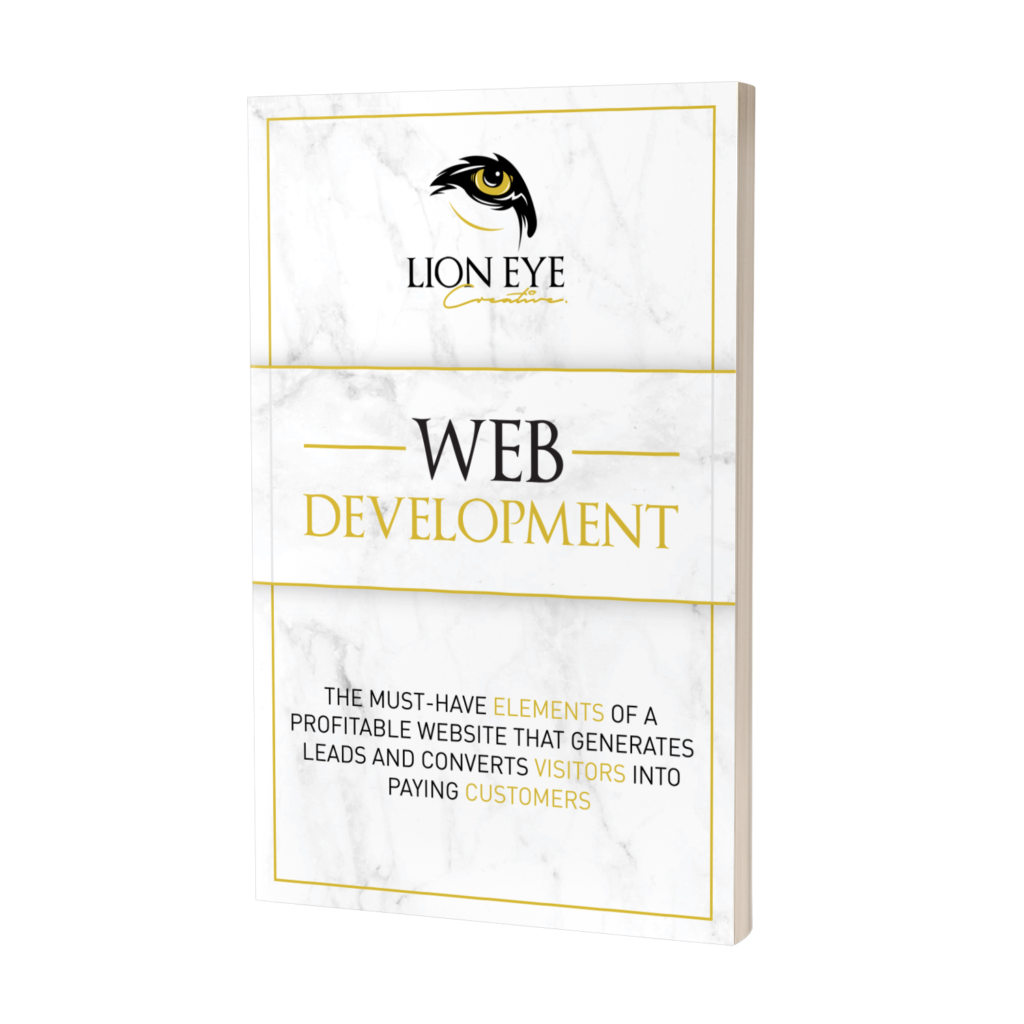
developing a content strategy for your website
Having a content strategy plan is one of the smartest ways to increase brand awareness and stand out amongst the crowd. It goes down to determining what content will help your business target audiences and lead them to take the next actions to increase your business’s return on investment (ROI).
Keep in mind that your content strategy helps in influencing how you reach your audience and if you don’t have this, you’re missing out on a lot. Content strategy is considered as one of the most important tools in helping your business achieve its marketing goals. Therefore, it is essential that you have a solid plan in place.
Did you know that 91% of B2B marketers are utilizing content marketing strategy to reach out to their audience or customers? This is according to a report from the Content Marketing Institute’s (CMI) 2018 B2B content marketing statistics.
In order for you to come up with a successful content strategy development, you need to set goals, get to know your audience through research, and map out how your customers interact with your content.
To help you get started, here are 5 tasks you can focus on before developing your content strategy
1. Mission setting: Know your goals and KPIs
Every project should start with a mission in minds, having goals, and measuring your key performance indicators (KPI). This would help you determine how to start your content strategy development. It is essential to have your mission aligned with your team, it makes it easier to discuss your brand’s products or services organically.
Once you’re done determining your mission, your goals and KPIs should follow. Knowing what your goals are would make the development process more efficient and focused, and knowing your KPIs would help you evaluate the success of your content strategy development.
2. Get to know your audience
Leaning heavily on your intuition can land into content strategy chaos. This can lead you to try to reach to everyone or narrowly focused only on your audience who has the most purchasing power. Yes, it can be true that your instinct does have a place in content marketing. However, it should always be checked.
First, you need to make your research, get to know your primary and secondary audiences. Utilize both quantitative and qualitative data. You can try this by learning about your customers’ demographics, habits, and preferences through conducting interviews or surveys.
Get further information by asking them the following:
- What is their education level?
- What topics would keep them interested the most?
- What publications do they read on a daily basis?
- What are their biggest problems or what would they want to learn more about?
The answers to these questions would help your content manager, marketers, and writers determine which content are most useful to your audience, and they can work their way around those.
3. SEO analysis
Having a better picture of what your audience looks like can help you determine the topics they need and care about most and work on those. Now, you need to work around your search engine optimization (SEO).
Keyword is the key and there are content marketing tools to help you gather the data you would need. Once you have the information you need, compile a list of your primary and secondary keywords. Keep in mind that how you rank for keywords that are related to your business can make or break your content strategy development.
4. Map your customer’s journey
It is true that brand awareness makes the first impression, but your business’s relationship with customers doesn’t really end there. Your entire marketing funnel should be one of your goals to increase your revenue.
Your brand awareness should take the top spot in your of marketing funnel because it helps you establish trust with your audience through blog posts, social media posts, infographics, and videos. Then, your content should also be able to make a connection that can influence your audiences’ purchasing decisions.
5. Develop a strategy for content distribution
One of the biggest mistakes content marketers do is just publish an article and expect everyone to show up. Keep in mind that excellent stories or content don’t thrive on their own.
Developing a strategy for your content distribution requires planning. Your audience analysis should be included — know where your audiences spend most of their time, if they work in media and marketing, they would probably spend most of their time on social media platforms or they work in finance, they are most probably hanging out on LinkedIn.
Knowing where to distribute your content helps you attract the right audience and start interacting with them.
Conclusion
Developing a content strategy takes effort and time, it doesn’t just happen overnight. Having an excellent and solid plan is essential in today’s digital marketing landscape where search ranking is driven by quality content.
For more info on how to develop your own content strategy, download our Web Development ebook.

Now if you’re looking for some help in content strategy development for your business, feel free to send us an email, or click this link to schedule a free discovery call with us.



